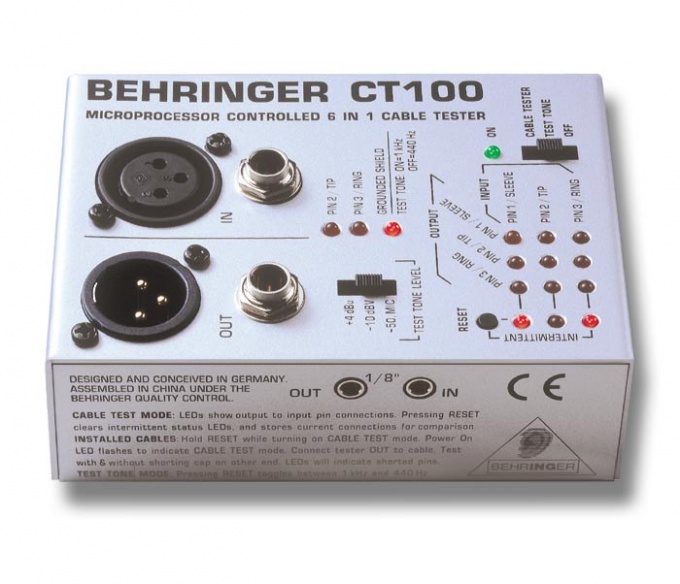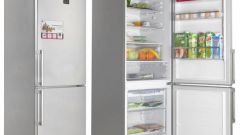You will need
- tester;
- - caliper;
- - the range.
Instruction
1
Carefully inspect the appliance or technical documentation. It should be specified rated voltage and rated power. For example, if a bulb is written 220 V, 100 W, this means that if this lamp to include in a standard home network, the voltage is 220 V, the consumption power of the lamp is 100 watts.
2
When one of these parameters is unknown, connect the device to the network and with a tester find the amount of current flowing through it and the voltage at which it operates. To do this, configure the tester for operation of the ammeter. Connect it to your consumer consistently. If the device works on DC, be sure to consider the polarity of its accession. Remove his testimony, measuring the current strength in amperes.
3
Then switch the tester for operation of the voltmeter and connect it in the correct orientation in the case of a constant current, parallel to the device. Take readings of the tester in volts. In order to find the consumed power, multiply the voltage value at a current P=U•I.
4
If you know the resistance of the device, which is provided in the documentation or measured by the ohmmeter, which you can configure the tester. Then just measure the amperage or the voltage. Then the consumed power is equal to the product of the square of the current to the resistance P= I2•R. And if you measure the voltage, determine consumed power as the ratio of the square of the voltage resistance of the consumer is P=U2/R.
5
Motor power will determine its size. To do this, measure the diameter of the core, its the same length and the synchronous speed, check out the pole division of the engine, and it by using a special table constant motor constant of the motor. Calculate consumed powerby multiplying a constant engine core diameter squared, length, and synchronous speed. Multiply the result by 10(^-6) (P = C•D2•l•n•10^(-6)). The received power will be in kW.

